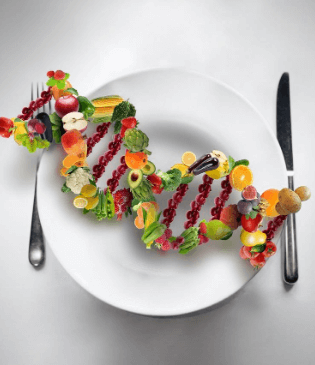We all know that nutrition knowledge is a key foundation for maintaining good health. And while it’s very important to have an understanding of nutrients and how they affect our wellbeing, there’s an additional (but often overlooked) dimension to food and self-care that you can use as a powerful tool for choosing your foods wisely. It’s called conscious eating and it can improve your awareness of how different foods make you feel.
By looking for and observing the signals your body gives, you can improve both your physical and mental wellbeing. Paying attention to our internal cues can be one of the best guides to healthful eating—but only if we are open to receiving the signals.
A Mindful Nutrition Technique: the 30-Minute Check-In
What do we mean by internal cues? We’re talking about going beyond just noticing hunger pangs or enjoying the way a food tastes or smells. Conscious eating involves broadening your observation to also include the sensations that arise 30 minutes after you eat your food. Sure, sugary donuts or a pile of salty fries might hit the spot for a moment, but what about the sensations you’re left with after the initial satisfaction wears off?
The delayed sensations you feel 30 to 60 minutes after eating are a truer indicator of how you metabolize the food—and the influence it has on your body and mind.
For instance, consider how you feel half an hour after eating a plate of fried food or deep-dish pizza. Compare that to the sensations that arise a half-hour after enjoying a colorful salad paired with healthy protein.
At the 30-minute mark, do you feel energetic? Awake? Bloated? Tired? What about mental clarity? Are you able to focus more clearly? Or is it harder to concentrate?
Similarly, in the snack department, what about your body’s half-hour response to a couple of cookies versus a handful of nuts or a piece of fruit? Do you experience a temporary sugar rush followed by a crash and more cravings? Or do you feel satisfied, energized, and mentally sharp?
Intuitive Nutrition: Practice Makes Better!
Becoming mindfully aware of how different foods affect your long-term satiety can take some practice. Start with a simple mental check-in 30 minutes after your next meal or snack. Take note of any changes in energy levels, mood, or physical sensations—and try to be kind to yourself in the process. Try not to inject guilt or a “diet mentality” into your observations.
Think of these observations as data that you can use to inform and tailor your eating experience the next time around. The more you practice conscious eating, the better you’ll get at becoming attuned to your body’s signals. And you can use this knowledge to make healthier food choices going forward.
Listening to Your Body’s Cues
By using the 30-minute check-in to pay attention to your internal cues, you can develop the skill of making informed food choices while nourishing your body in a way that makes you feel your best. And in the process you’ll become even better acquainted with your built-in master guide to healthful eating.



